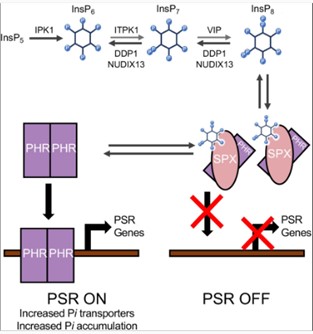
Disrupting plant inositol pyrophosphates to mitigate P pollution
Plant Science Research WeeklyInositol pyrophosphates (PP-InsP) are plant signaling molecules that regulate phosphate homeostasis and related metabolic processes. But a global phosphate crisis, due to resource depletion and environmental pollution from excess phosphate, has raised the need for phosphate management. Freed et al. investigated…
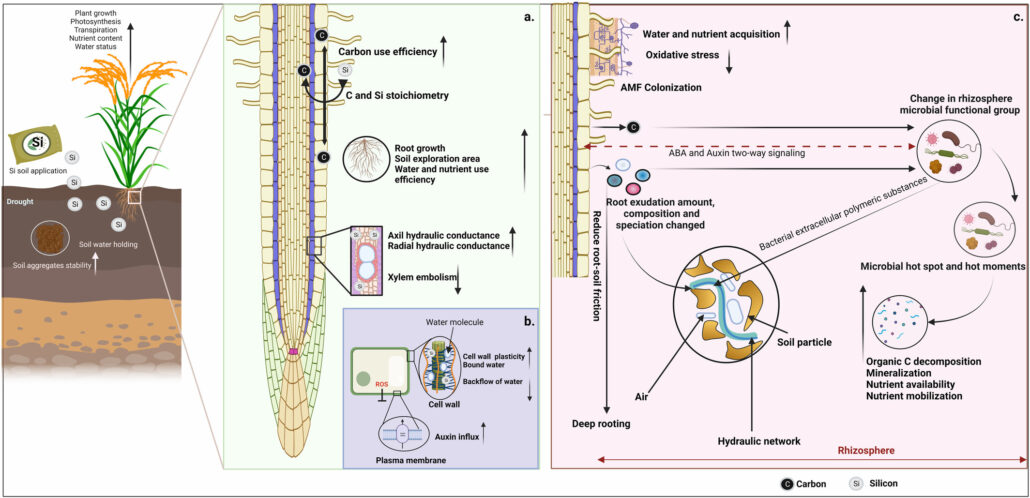
Review: Role of silicon in drought tolerance
Plant Science Research WeeklyThere is increasing evidence that silicon (Si) application to soils or leaves can promote plant growth through various means, including enhancing tolerance to abiotic and biotic stresses, but the mechanisms of this growth promotion are not always clear. Here, Bardhan et al. review how Si can promote…

The white lupin trehalase gene regulates cluster root formation and function under phosphorus deficiency
Plant Science Research WeeklyPhosphorus (P) is an essential nutrient for plant growth and development. Under P deficiency, white lupin develops cluster roots (CR), specialized root structures that enhance soil exploration and nutrient acquisition. While sugar signaling, particularly sucrose, has been shown to play a role in the…
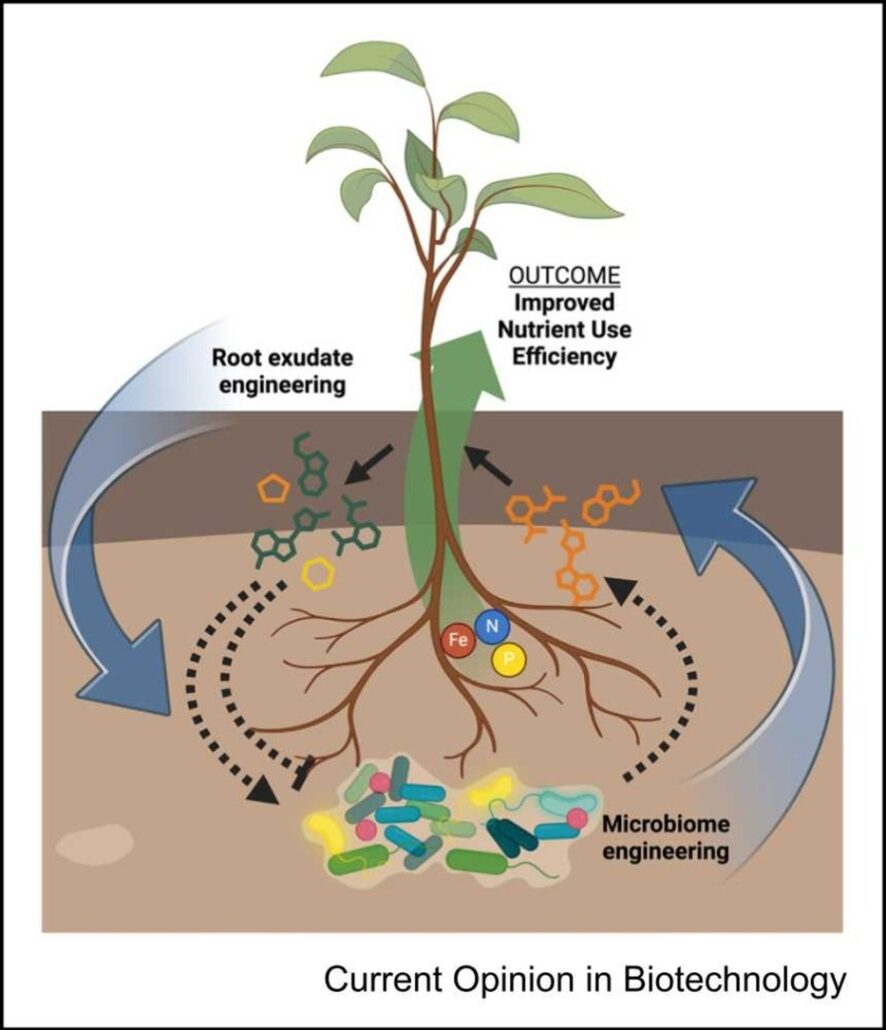
Review: Engineering plant–microbe communication for plant nutrient use efficiency
Plant Science Research WeeklyPlant nutrient use efficiency (NUE) has become a major concern in recent years as farmers and scientists strive to make agriculture more sustainable. To this end, the manipulation of plant-microbe interactions holds great potential. In this short review, Griffin et al. highlight recent findings, focusing…
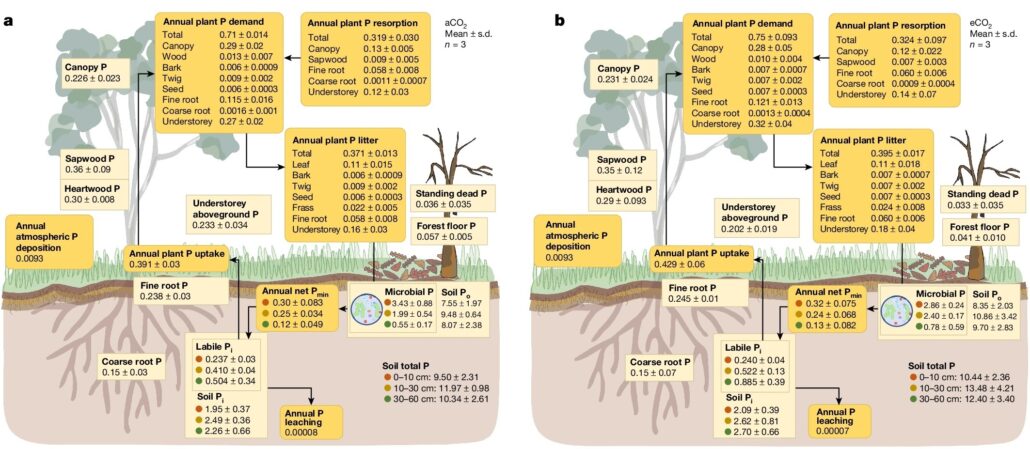
Phosphorus limitation limits carbon storage in CO2-enriched mature forests
Plant Science Research WeeklyPlants fix carbon dioxide to generate biomass, and in many cases increasing the availability of CO2 enhances plant growth. However, some studies have shown that although yields of food crops such as rice might increase, their nutritional value decreases, due to limitations in availability of minerals…
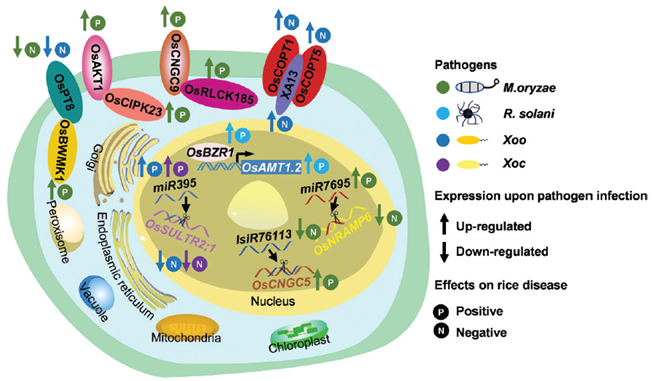
Review: Optimizing nutrient transporters to enhance disease resistance in rice
Plant Science Research WeeklyPlants rely on an array of mineral nutrients for their growth, development, and reproductive processes. The molecular mechanisms governing the uptake, translocation, storage, and utilization of these essential minerals are orchestrated by specific nutrient transporters and their associated regulatory…
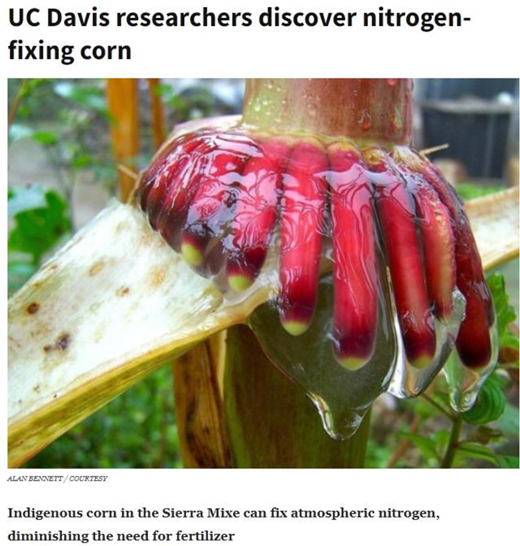
The Nagoya Protocol and nitrogen-fixing maize: Close encounters between Indigenous Oaxacans and the men from Mars (Inc.)
Plant Science Research WeeklyMost readers recognize the photograph of the amazing nitrogen-fixing maize, with its red, slimy aerial roots that nurture nitrogen-fixing bacteria. But I suspect few of us have thought about how this landrace came to the attention of the mainstream media, who owns the rights to it, and how it would be…
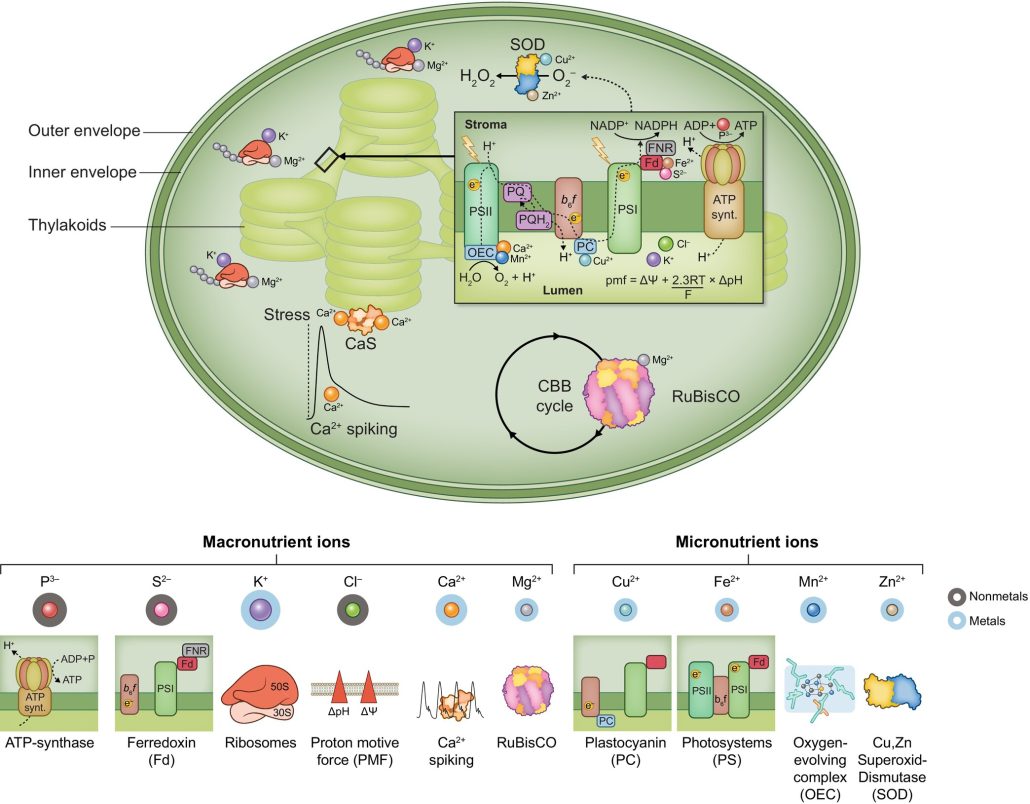
Review: Chloroplast ion homeostasis
Plant Science Research WeeklyHealthy plants require access to several mineral nutrients, which are usually taken up in ionic form. The details of nutrient uptake, distribution, and function have been painstakingly revealed over several decades. In this excellent new Tansley Review, Kunz et al. provide an overview of ion homeostasis…
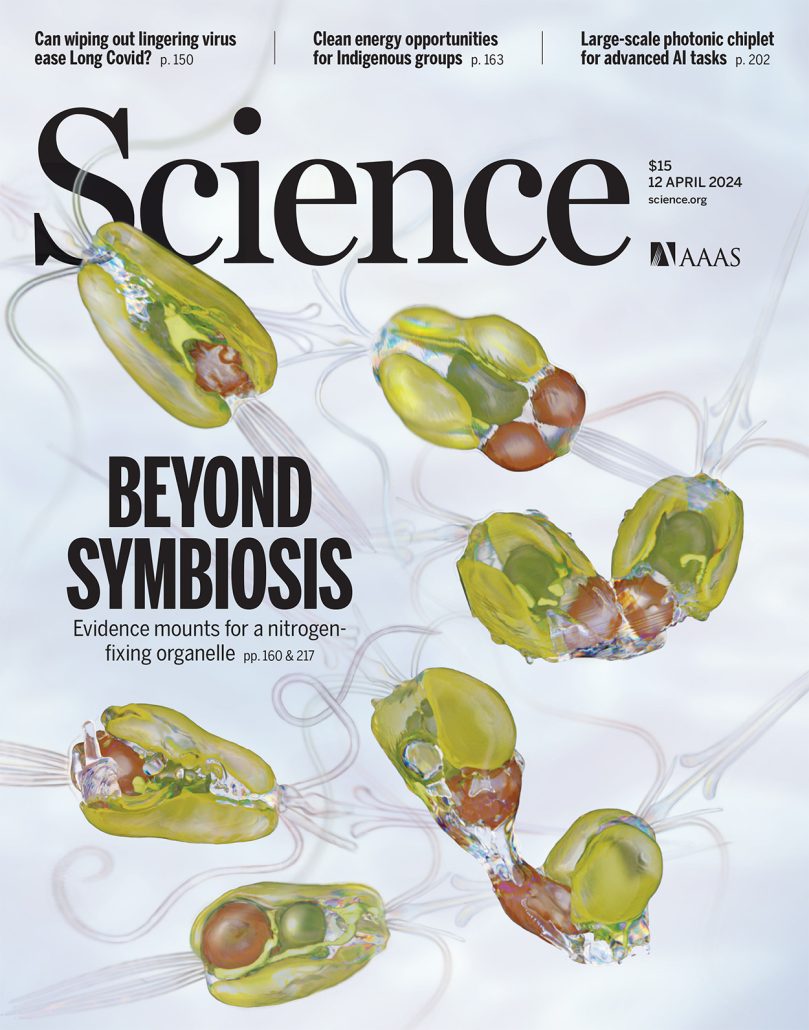
A nitrogen-fixing algal organelle
Plant Science Research Weekly
Coale et al. provide an exciting peek into the evolution of a nitrogen-fixing organelle (called a nitroplast) in their studies of a tiny marine alga, Braarudosphaera bigelowii and its endosymbiont cyanobacterium, Candidatus Atelocyanobacterium thalassa (UCYN-A). Plant biologists are familiar with…

